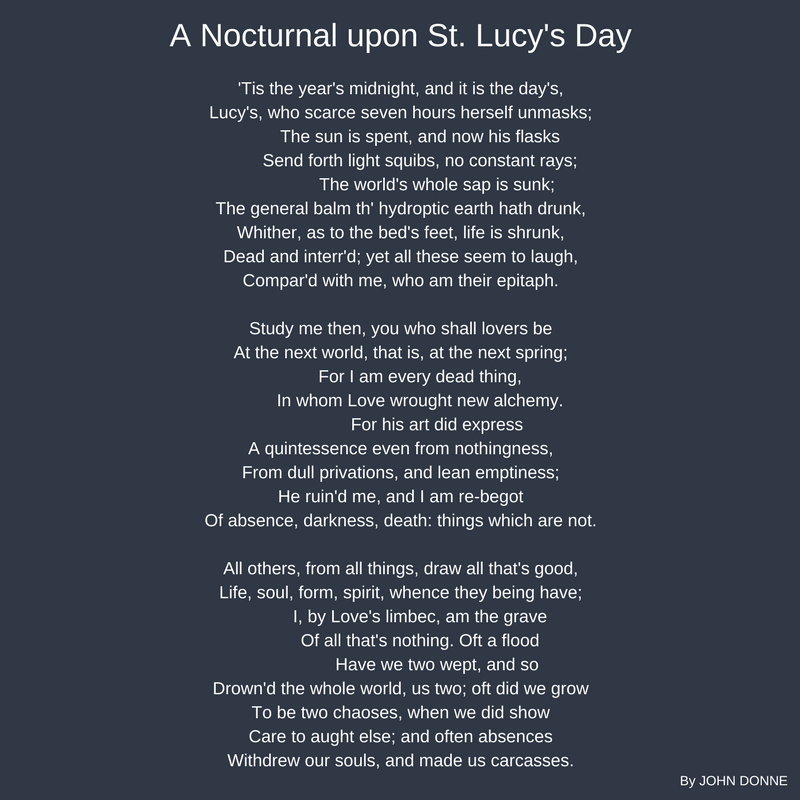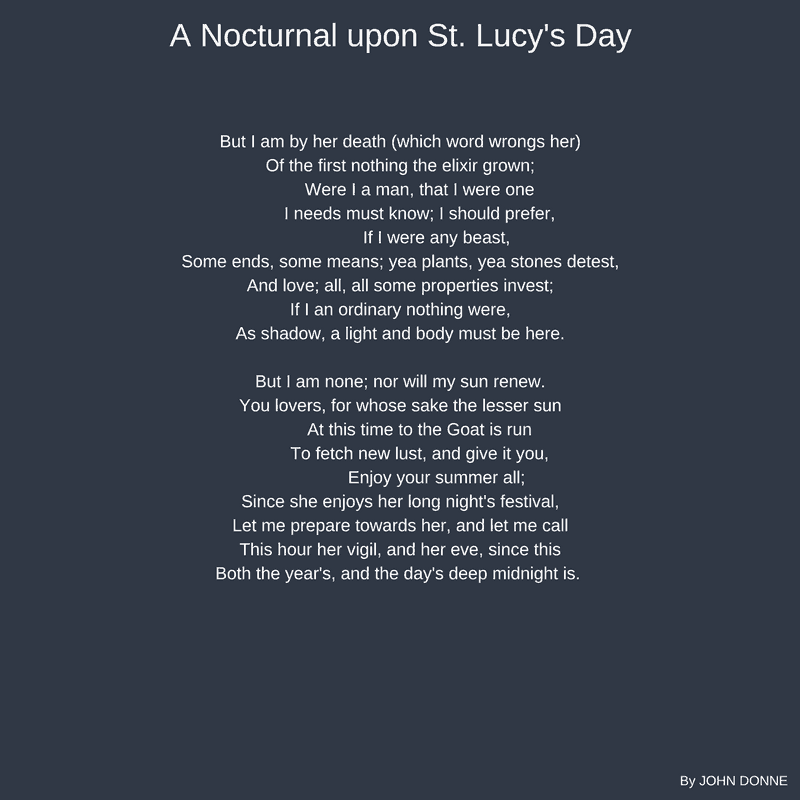

Winter Solstice
John Donne is one of my favourite poets and in his poem A Nocturnal upon St. Lucy’s Day he refers to the Winter Solstice as the year’s midnight. A wonderful description of a short and dark day.
The Winter Solstice is marked by most people and celebrated by a few. It is an astronomically fascinating day and a day much mired in ‘history’ and ‘religion’. Clearly a significant day still and more so in the past. However our retrospective viewing of history does not, I think, understand the exact significance culturally, historically or religiously.
Soooo, it’s the Winter Solstice today
The winter solstice (or hibernal solstice) is also known as midwinter. The Winter Solstice is an astronomical phenomenon marking the day with the shortest period of daylight and the longest night of the year. In the Northern Hemisphere this is the December solstice and in the Southern Hemisphere this is the June solstice.
The Winter Solstice marks the beginning of the astronomical winter. Not to be confused with the meteorological seasons where winter begins on 01 December 2017 and ends on 28 February 2018.
Astronomical Seasons
The astronomical winter begins on 21 December 2017 and ends on 20 March 2018. The 21 December is the Winter Solstice which has the longest night (and shortest day) and signifies the starts of astronomical winter…
The astronomical calendar determines the seasons due to the 23.5 degree tilt of the Earth’s rotational axis in relation to its orbit around the sun. Both equinoxes and solstices are related to the Earth’s orbit around the sun.
But you Thought it was Winter Already? The Meteorological Seasons
The meteorological seasons are split in to four periods made up of three months each. The seasons are split according to our Gregorian calendar. This makes it easier for the statistical comparison of monthly and seasonal meteorological observing and forecasting.
The meteorological seasons are
- Spring (March, April, May)
- Summer (June, July, August)
- Autumn (September, October, November)
- Winter (December, January, February).
A Word on Solstices and Equinoxes
Solstices and equinoxes are astronomical transition points between the seasons and mark key stages in the astronomical cycle of the earth.
Each year there are two equinoxes (spring and autumn) and two solstices (summer and winter). The Equinox and Solstice dates aren’t fixed due to the Earth’s elliptical orbit of the sun. In early January, the sun is closest (known as perihelion) to the earth and in early July it is most distant (aphelion) from the earth.
On the autumn equinox, day and night are of roughly equal length and the nights will become increasingly longer than the days; until the spring equinox when the pattern is reversed.
Autumn equinox also marks the time of year when the northern hemisphere begins to tilt away from the sun resulting in less direct sunlight and consequently the cooling temperatures.
My Favourite Winter Soltice Recipes
I can’t write a post about winter without pulling together my favourite Gluten-Free | Vegan | Allergy-Friendly | Seasonal autumn recipes.
Seasonal produce is much reduced in winter – but that doesn’t mean it is not nutritious and of good quality. Plus all that preserved food made in the autumn tastes pretty amazing right now. With Christmas just around the corner there are even more festivities to be had.
Carrots are still about and just fantastic raw. Grate and slice in to strips in salads with toasted caraway seeds. For a hot meal you cannot go wrong with one of my favourite soups: Carrot and Lemon Soup. Light, rich and refreshing
Cauliflower is so versatile, raw, steamed, riced or roasted in Roasted Winter Vegetables with Almonds and Olives.
Mushrooms are really versatile – lots of different types with different flavours, bring out the earthy, nutty flavours in a risotto or Lentil and Mushroom Soup.
Pears are just hanging on in December: comice, concord, conference – just great in tarts and in Warm Pear Salad.
Forced rhubarb is wonderful in Roasted Rhubarb with Crumble Topping or lightly pickled as a side to a roast vegetables.
Turnips are a much under rated salad vegetable, sweet and peppery, slice thinly with carrots and parsley. Spicy and earthy, wonderful in Gluten Free Vegan Haggis, soups, get them with the tops on and use the tops as greens
Enjoy winter! I know I will. 🙂